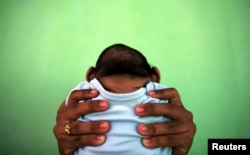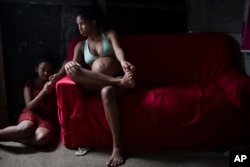The World Health Organization is appealing for $121 million to combat the Zika virus over the next 18 months. The revised global Strategic Response plan supplants a previous plan launched in February, which requested around $20 million.
The significant increase in the amount of money requested to tackle the Zika virus indicates the gravity with which the World Health Organization views this infection.
Microcephaly and Guillain Barre Syndrome
The Zika virus, which is now circulating in some 60 countries worldwide, is linked to microcephaly, an infection that causes brain abnormalities in newborn babies and Guillain Barre Syndrome, a neurological disorder. The epicenter of the disease is in Latin America.
WHO spokesman Tarik Jasarevic said the response to Zika requires an integrated approach that places support for women and girls of child-bearing age at its core.
Support for child-bearing women
“This strategy will place greater focus on preventing and managing medical complications caused by Zika virus infection by providing counseling and treatment, if necessary to pregnant women, partners, households, infected people — and will also work with communities trying to have enough capacities and health systems to provide necessary support to communities,” said Jasarevic.
The plan highlights several specific characteristics of the Zika outbreak that need special vigilance and a global response.
They include the potential for further international spread of the Zika virus by Aedes mosquitoes. The WHO says a lack of immunity in areas where the Zika virus is circulating for the first time could allow the disease to spread quickly.
It says the absence of vaccines, treatments, and rapid diagnostic tests, as well as inequalities in access to sanitation and health services in affected areas are of concern and will require special care.










